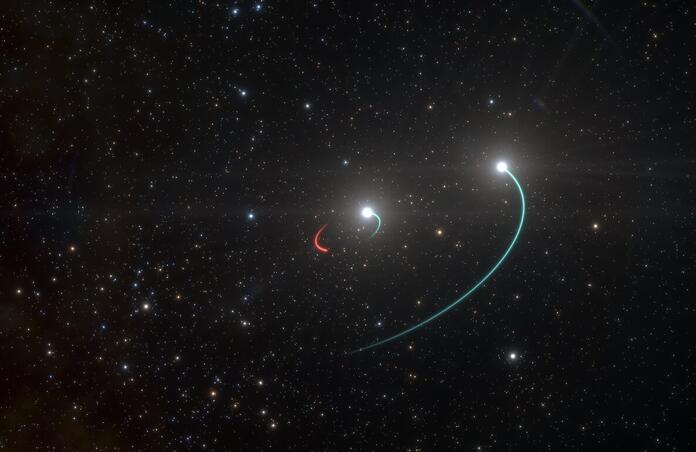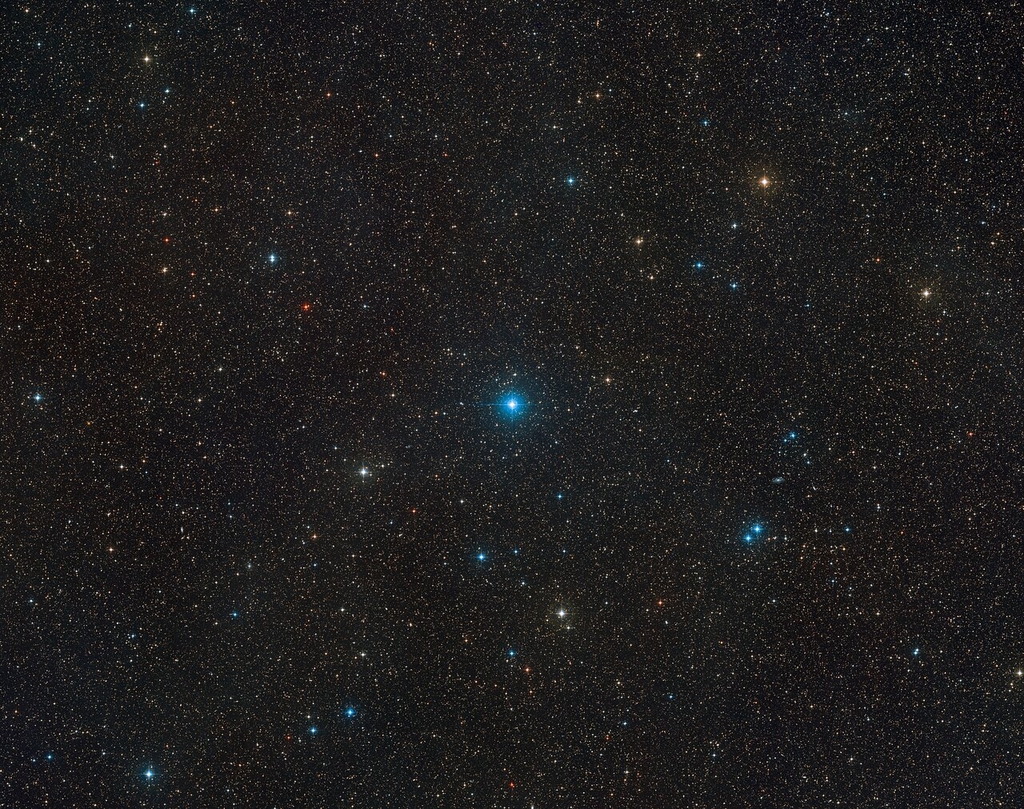Astronomers Find Hidden Black Hole Only 1,000 Light-Years Away

Astronomers have discovered a new hidden black hole in the HR 6819 system, and it's only 1,000 light-years from Earth.
The black hole, which is very small and inactive, was discovered by a team of astronomers using the MPG/ESO 2.2-meter telescope at ESO’s La Silla Observatory in Chile. This black hole is closer to Earth than any we’ve discovered so far, replacing the former leader, A 0620-00 (which is about 3,000 light-years away). HR 6819 is also the only system with a known black hole that’s visible from Earth. We’ve only discovered a handful of the estimated millions of black holes throughout the galaxy—this discovery suggests that many of them may simply be hiding.
HR 6819’s Black Hole
All the black holes discovered in our galaxy are incredibly active, meaning they directly and violently shape the environment around them. HR 6819’s black hole, however, does not interact with the nearby environment, making it entirely black. In fact, it’s one of the first stellar-mass black holes found that isn’t swallowing anything up into its maw. Its inactivity made it very hard to detect, and the team that found it were even directly looking for it.
The team that found the black hole, led by ESO scientists Thomas Rivinius, was originally conducting a study on double-star systems. As they analyzed observations of HR 6819, using the FEROS spectrograph on the MPG/ESO 2.2-meter telescope, they found that one of the stars orbited a hidden object every 40 days. By studying the orbit of this star, they were able to find the object's mass and conclude that the hidden object had to be a black hole. “An invisible object with a mass at least 4 times that of the Sun can only be a black hole,” said Rivinius.

View of the region where HR 6819 is located (the Telescopium constellation).
While the black hole is hidden, HR 6819’s two stars are visible with the naked
eye. Credit: ESO/Digitized Sky Survey 2
World of Possibilities
HR 6819’s hidden black hole opens a world of possibilities for further research, especially since scientists believe the Milky Way is home to quite a few collapsed stars. “There must be hundreds of millions of black holes out there, but we know about only very few. Knowing what to look for should put us in a better position to find them,” said Rivinius in ESO’s Science Release.
A co-author of the study, Marianne Heida, suggests their research may already provide answers to questions about other “triple systems,” particularly LB-1. "LB-1 is a bit further away from Earth but still pretty close in astronomical terms, so that means that probably many more of these systems exist. By finding and studying them, we can learn a lot about the formation and evolution of those rare stars that begin their lives with more than about 8 times the mass of the Sun and end them in a supernova explosion that leaves behind a black hole."
Their paper was published in Astronomy & Astrophysics.